Digital Classroom
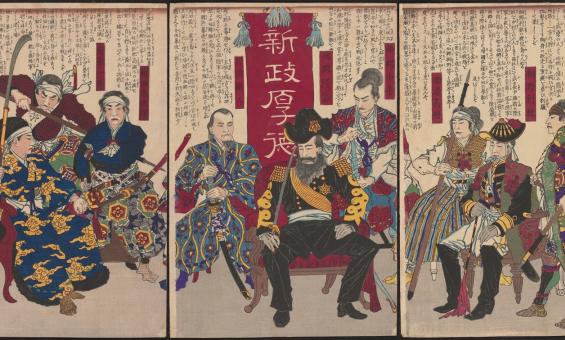
Yoshitoshi Taiso & 大蘇芳年, Kagoshima bōto shōzō ryakuden Morimoto Junzaburō, Tōkyō, 1877, nla.gov.au/nla.obj-152241305
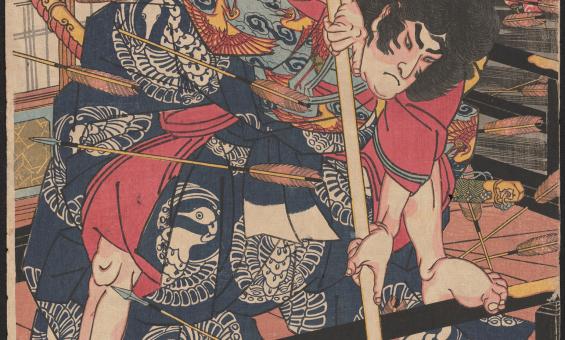
Kuniyoshi Utagawa & 歌川国芳, Honchō Suikoden gōyū happyakunin no hitori : Eda Genzō Hirotsuna [Kagaya Kichibei], 1830, nla.gov.au/nla.obj-151535028
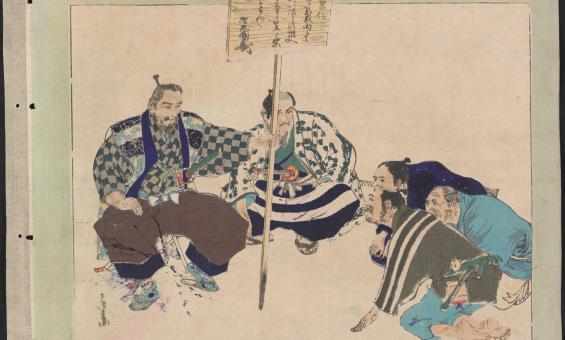
Toshitsune Inano, Tokugawa Mitsukuni [Tokyo], 1880, nla.gov.au/nla.obj-152444502
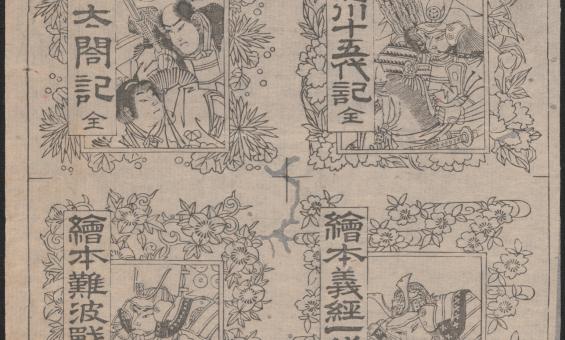
[Ehon cover drafts], nla.gov.au/nla.obj-151544183
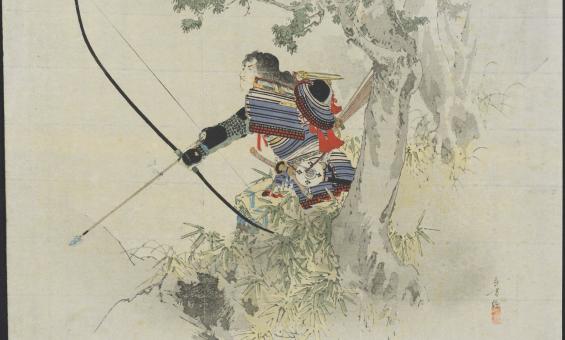
Toshikata Mizuno, Eishi sassō Hakubunkan, Tōkyō, 1899, nla.gov.au/nla.obj-152419290
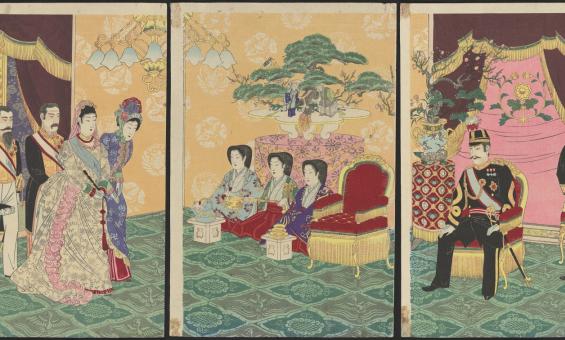
Nobukazu Yōsai & 楊斎延一, Kōi konreishiki no zu Hasegawa Tsunejirō, Tōkyō, 1900, nla.gov.au/nla.obj-151494111
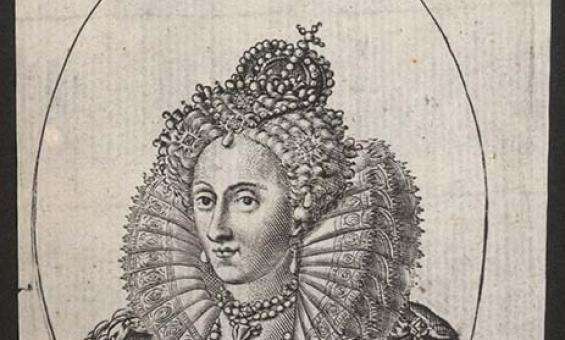
(1600). Elizabetha D.G. Regina Ang. Fran. et Hib., nla.gov.au/nla.obj-136050723
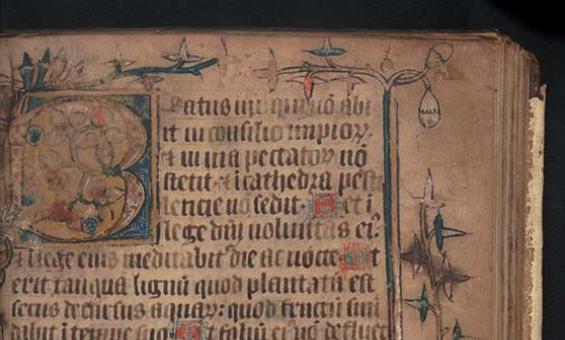
Detail from (1330). Illuminated Psalter, 1330-1350 [manuscript]. nla.gov.au/nla.obj-182166477

Australia. Department of Foreign Affairs and Trade. Overseas Information Bureau. (1991). Ethnic newspapers are prominent on this kiosk in Elizabeth Street, Melbourne, 1991 [transparency]. nla.gov.au/nla.obj-136834359
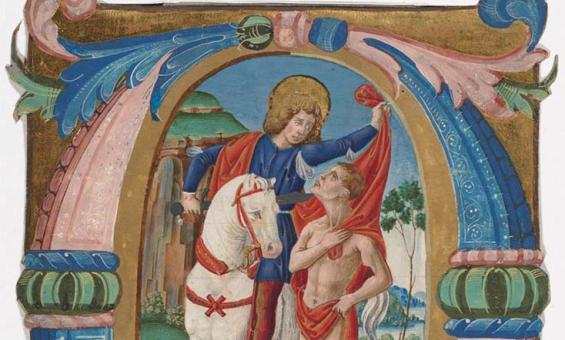
([14--?]). Early Flemish, German, Italian, Spanish, French woodcuts. /Item PIC/14340/41,. nla.gov.au/nla.obj-2902124787
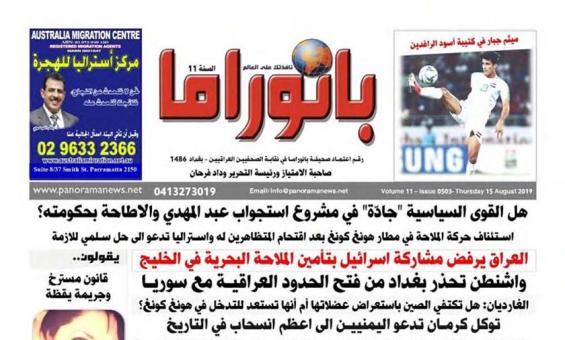
(2008). The Australian panorama Arabic newspaper. [Panorama Arabic Newspaper], [Parramatta, New South Wales] https://www.panoramanews.net nla.gov.au/nla.obj-747828340
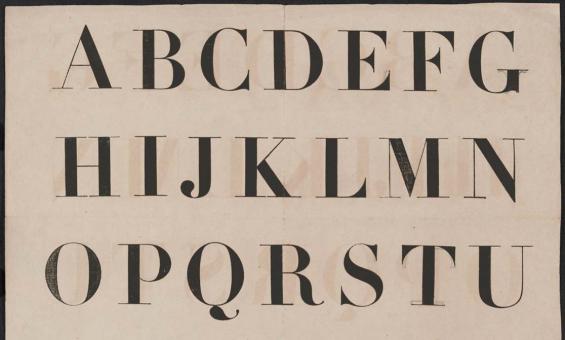
PIC MSR 14/8/2 #PIC/14340/1-51-Early Flemish, German, Italian, Spanish, French woodcuts. /Item PIC/14340/40., nla.gov.au/nla.obj-2902124765